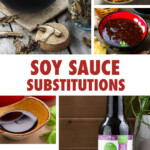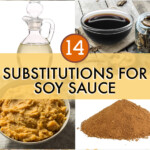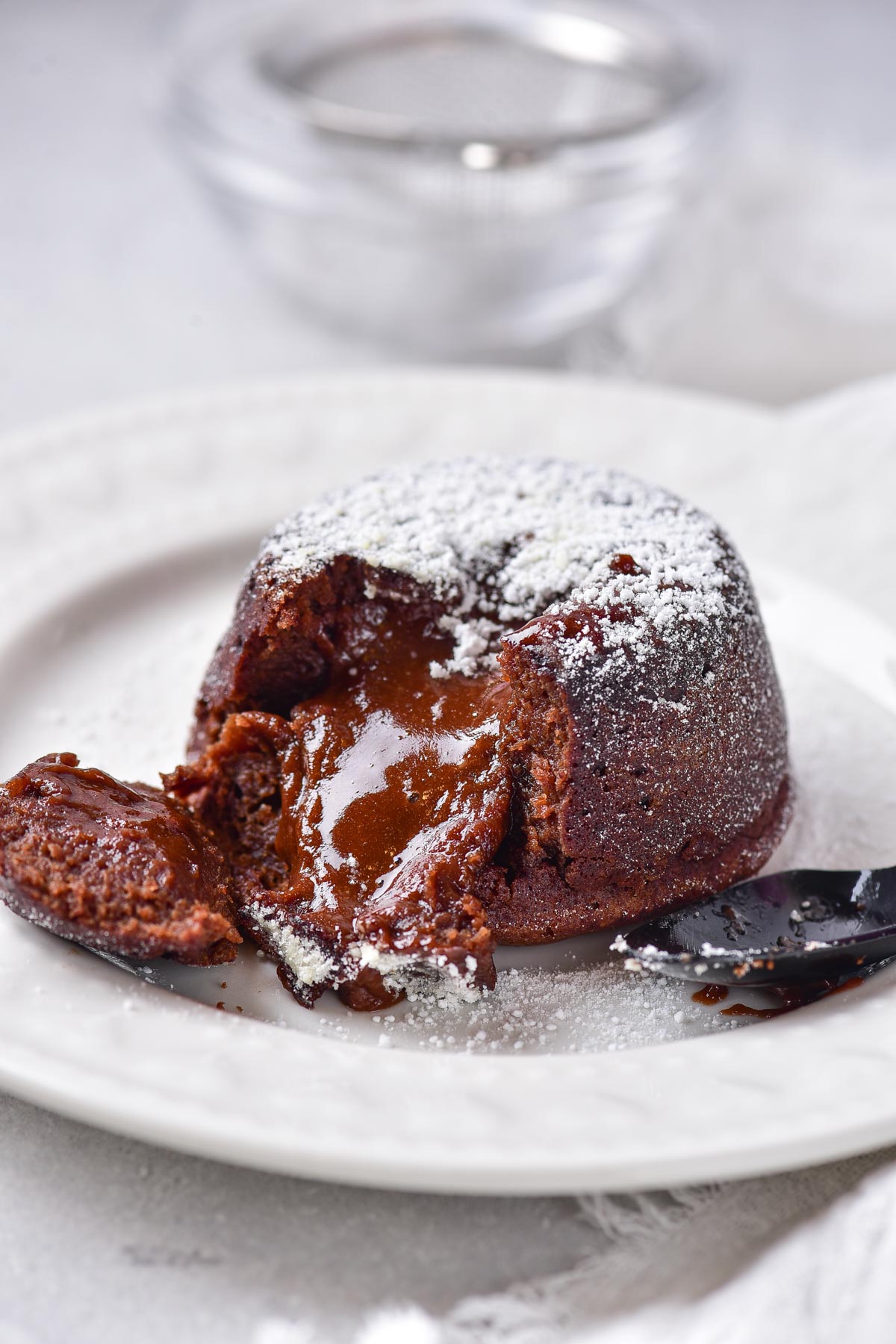Soy Sauce Substitute
Soy sauce is a popular ingredient with umami quality that adds depth of flavor to many dishes. But sometimes you need a substitute for soy sauce. This list of 15 soy sauce substitute options can give great results in a variety of recipes.
Post includes Weight Watchers points.
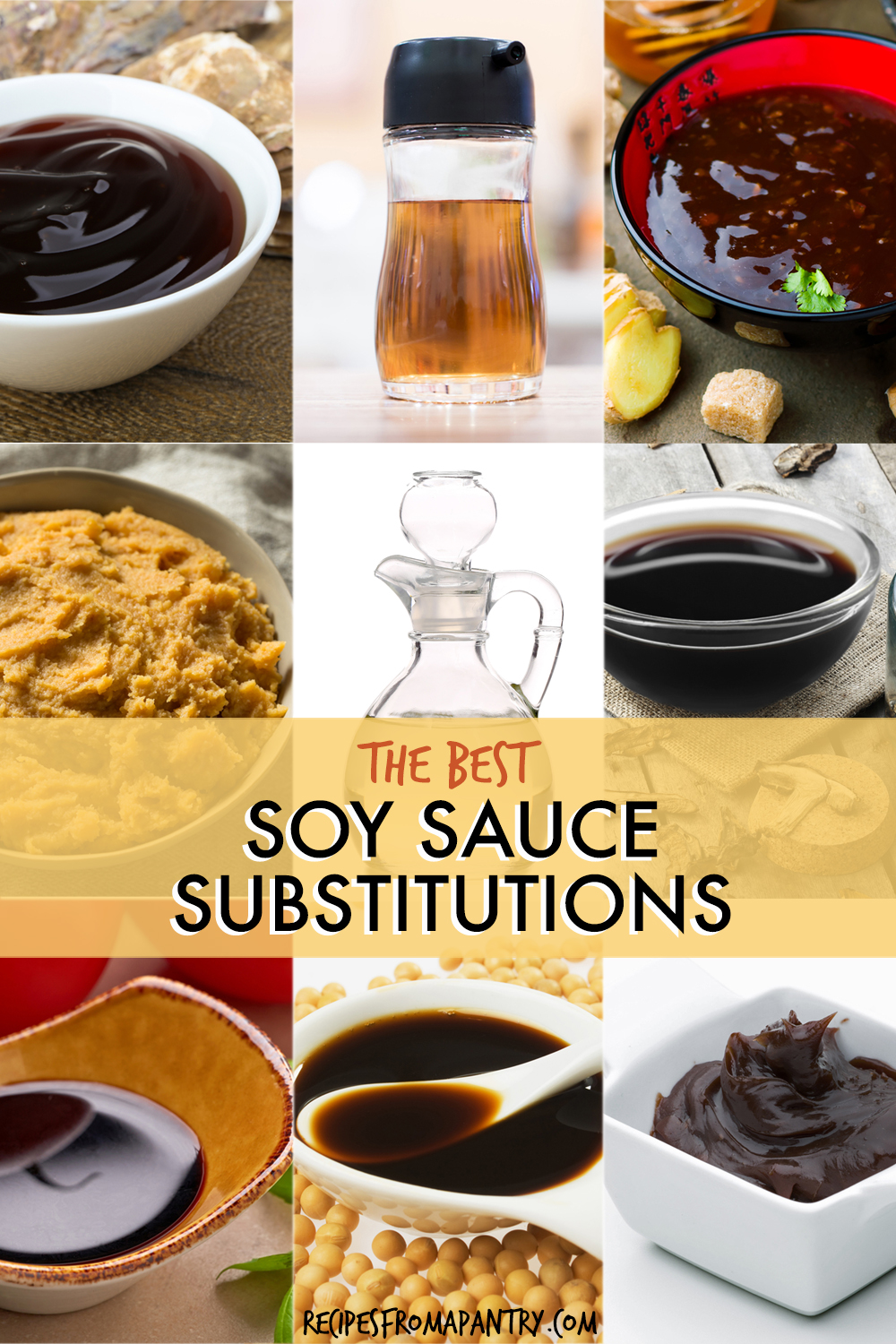
One of my favorite cooking tips is always to keep soy sauce on hand. It’s a versatile ingredient that can add depth and umami to so many dishes, from stir-fries to marinades to dipping sauces. However, there have been a few occasions where I have run out of soy sauce and need a close substitute for soy sauce.
I love using soy sauce to add a bit of flavor to my stir-fry dishes and other recipes, but I try to watch my sodium intake.
That’s why I always substitute soy sauce with coconut aminos. Sometimes I need to substitute soy sauce with a healthier alternative that still adds a savory taste to my meals.
And for even more helpful ingredient swaps, check out my Worcestershire Sauce Substitutes and these Marjoram Substitute suggestions.
Want to save this Recipe?
Enter your email below and get it sent straight to your inbox. Along with recipes & tips every week!
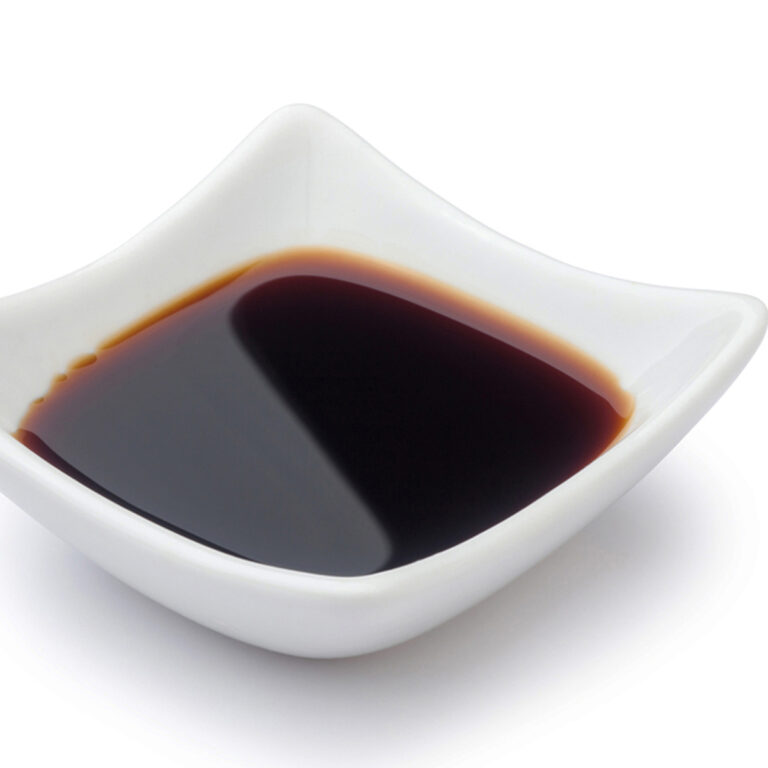
What Is Soy Sauce?
Soy sauce is a popular condiment and ingredient used in many Asian dishes to add depth of flavor, known as umami. It is a dark, salty sauce made from fermented soybeans, roasted grain (usually wheat), water, and salt. The fermentation process gives soy sauce its distinct savory flavor and aroma.
Different types of soy sauce are available, including light soy sauce, dark soy sauce, and tamari. Light soy sauce is lighter in color and saltier in taste, while dark soy sauce is darker and has a richer flavor. Tamari is a gluten-free soy sauce variety that originated in Japan.
Soy sauce contains both gluten and soy, so keeping a dark soy sauce substitute on hand is great for when cooking for those with dietary restrictions.
Soy sauce can be pretty salty, so it’s usually used in moderation. When needing larger amounts, using a soy sauce substitute is advised to cut back on the sodium.
How To Substitute For Soy Sauce
If you don’t have soy sauce on hand or prefer to use something with less sodium, without soy or gluten free, there are several soy sauce substitutes you can use in your cooking.
While these substitutes for soy sauce can mimic some of the same flavors, they may not replicate the full flavor profile but can still contribute to a delicious dish.
Always test a substitute for soy sauce in a small portion of your recipe before using it in larger quantities.
So, ready to learn my 15 favorite substitutes for soy sauce? Then let’s dive in!
1. Tamari
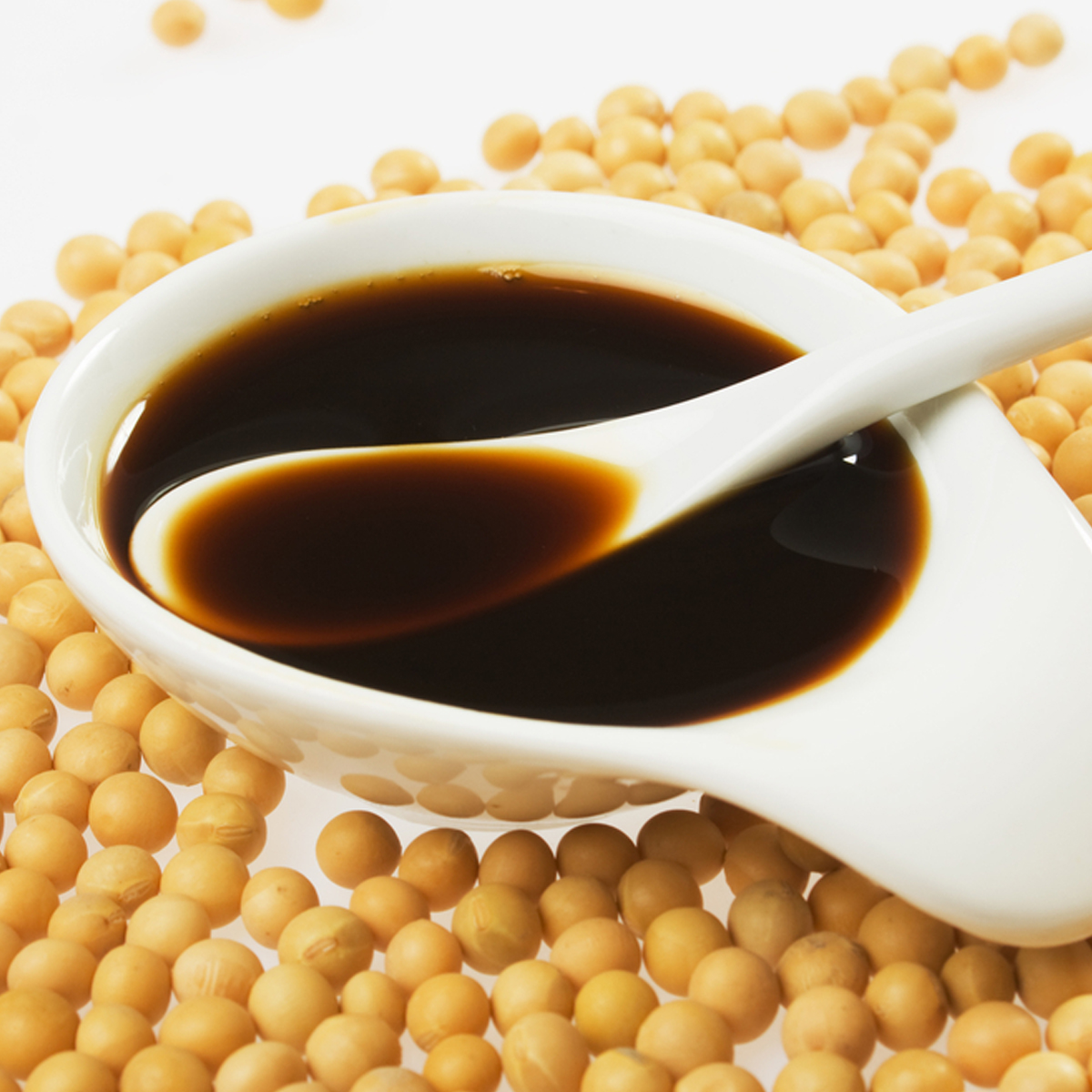
Tamari is a gluten-free soy sauce alternative that has a similar flavor profile. It is made from soybeans but contains little to no wheat.
It can be used as a 1:1 replacement for soy sauce in most recipes.
2. Coconut Aminos
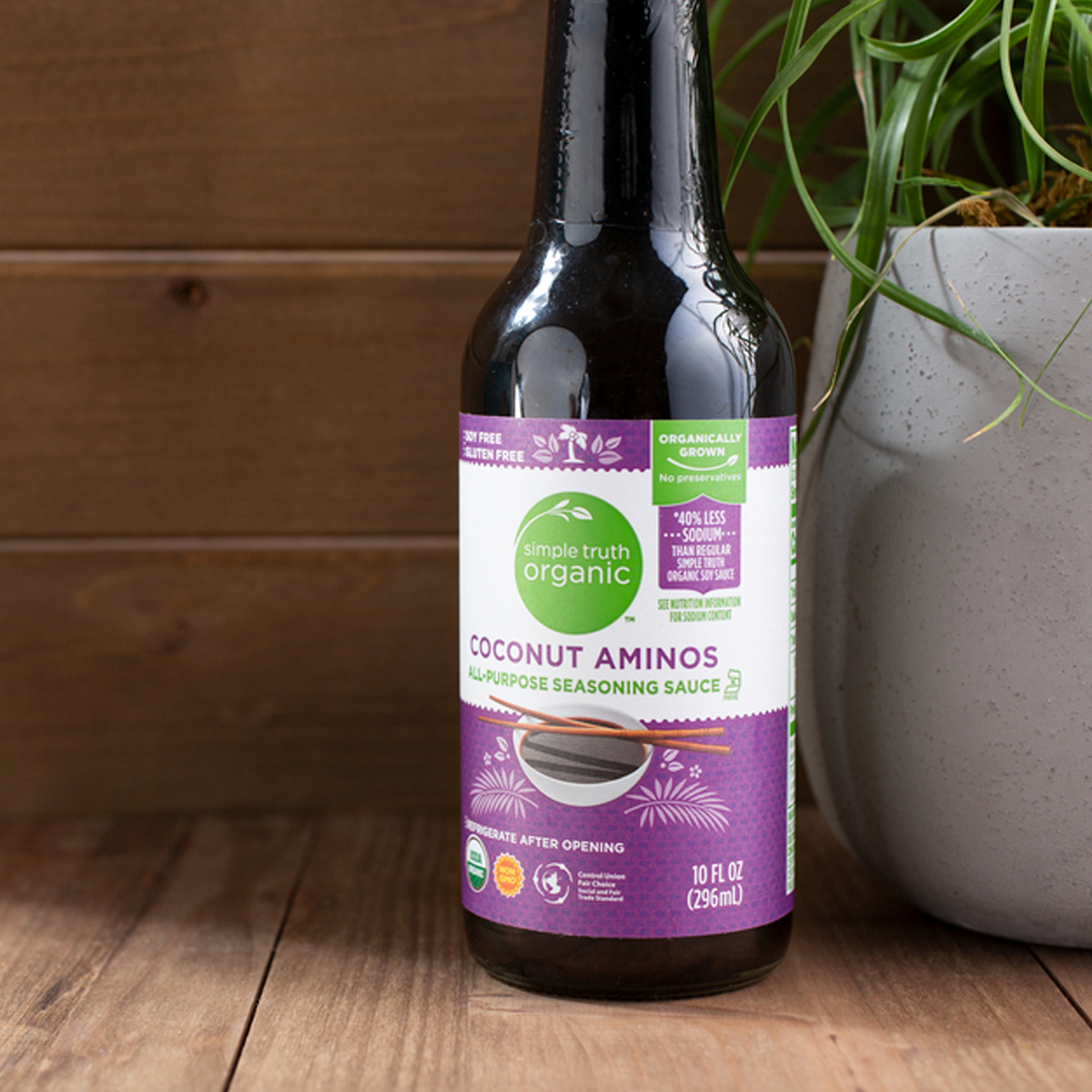
Coconut aminos is a soy-free and gluten-free sauce made from the fermented sap of coconut blossoms.
It has a slightly sweeter taste compared to soy sauce but still offers a savory flavor.
Use Coconut aminos as a substitute in equal amounts in most recipes.
3. Liquid Aminos
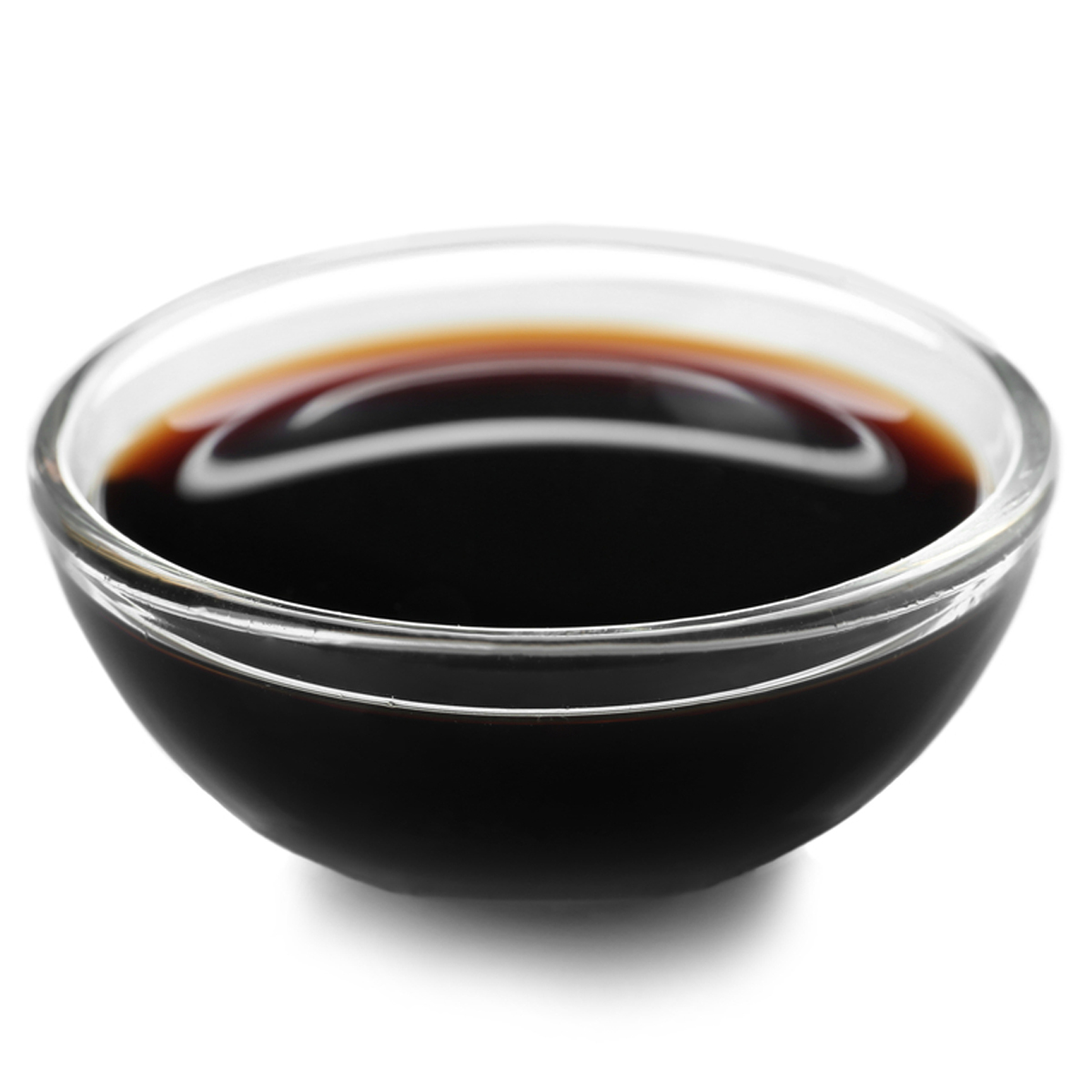
Liquid aminos are a soy-based alternative to soy sauce. They are made from soybeans but are usually gluten-free. Liquid aminos have a similar flavor to soy sauce but tend to be milder. You can use them as a replacement in a 1:1 ratio.
4. Worcestershire Sauce
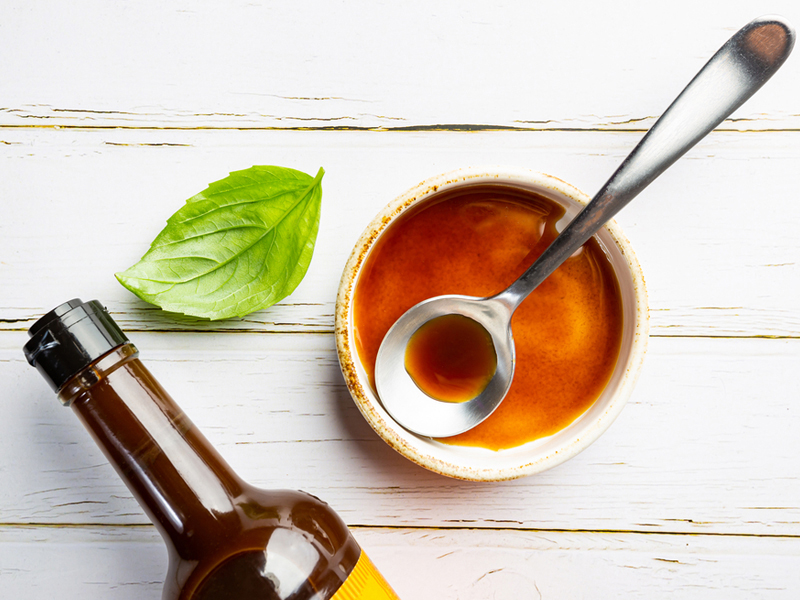
Worcestershire sauce is a tangy and savory sauce that can be used as a substitute for soy sauce in certain recipes, particularly in marinades and meat-based dishes.
However, it contains additional ingredients like vinegar, tamarind, and various seasonings, so the flavor may differ slightly.
Generally a 1:1 substitution will be suitable, but you may need to adjust according to your taste.
5. Fish Sauce
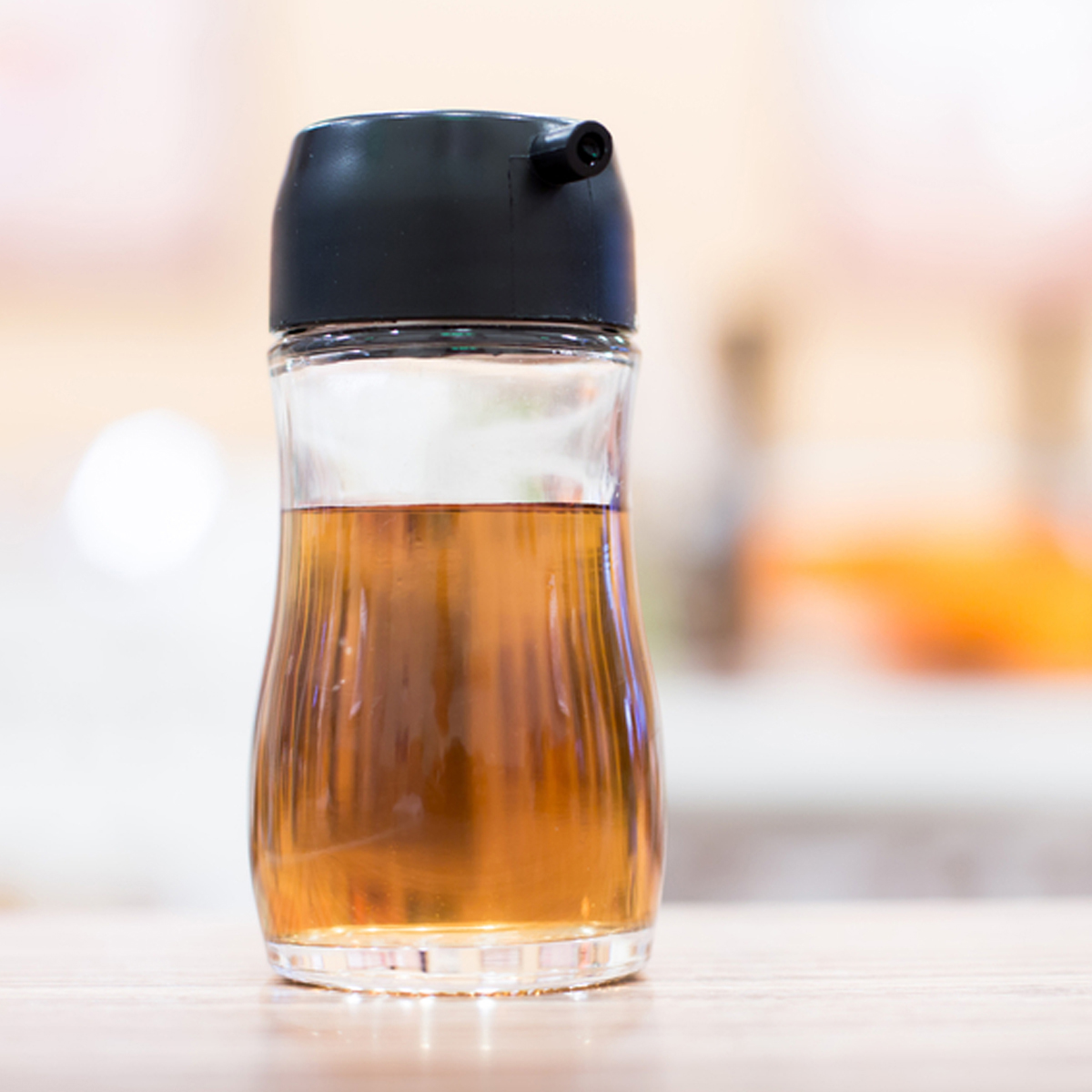
Fish sauce is a common ingredient in Asian cuisine and can be used as a substitute for soy sauce in some recipes, especially those with an umami flavor profile.
Keep in mind that fish sauce has a distinct fishy aroma and flavor, so it may not be a good choice for all dishes.
6. Miso Paste
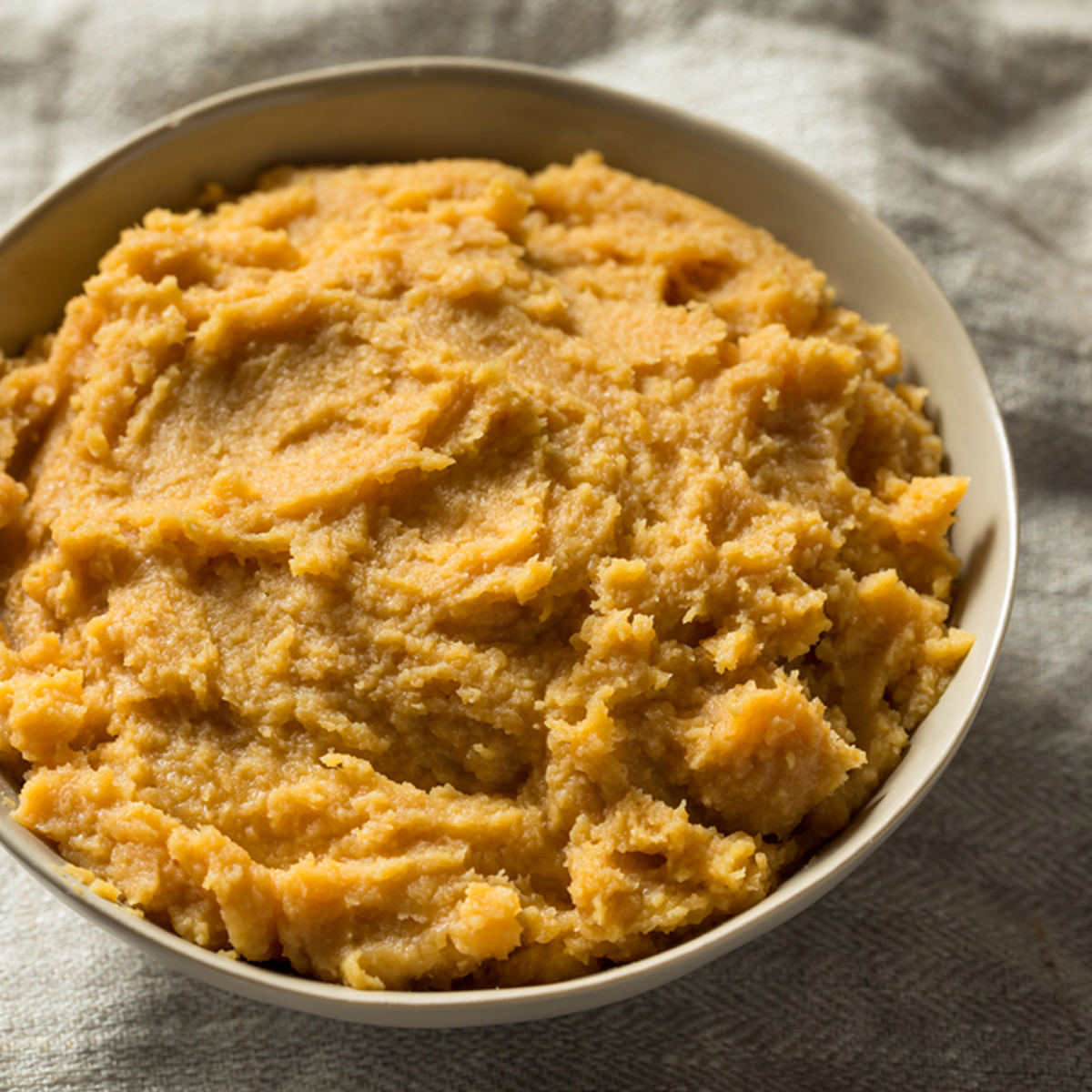
Miso paste is a fermented soybean paste commonly used in Japanese cuisine. It has a rich, savory flavor and can be used as a substitute for soy sauce in certain recipes, such as marinades, dressings, and soups.
Start with a small amount and adjust according to taste. Also since this a paste, you may need to add a bit more liquid to some of your recipes.
7. Mushroom Sauce

Mushroom sauce, such as mushroom-flavored soy sauce or mushroom broth, can provide a similar umami flavor to soy sauce.
It works well in vegetarian or vegan dishes as a substitute. Use mushroom sauce in the same proportion as soy sauce in your recipe.
8. Teriyaki Sauce
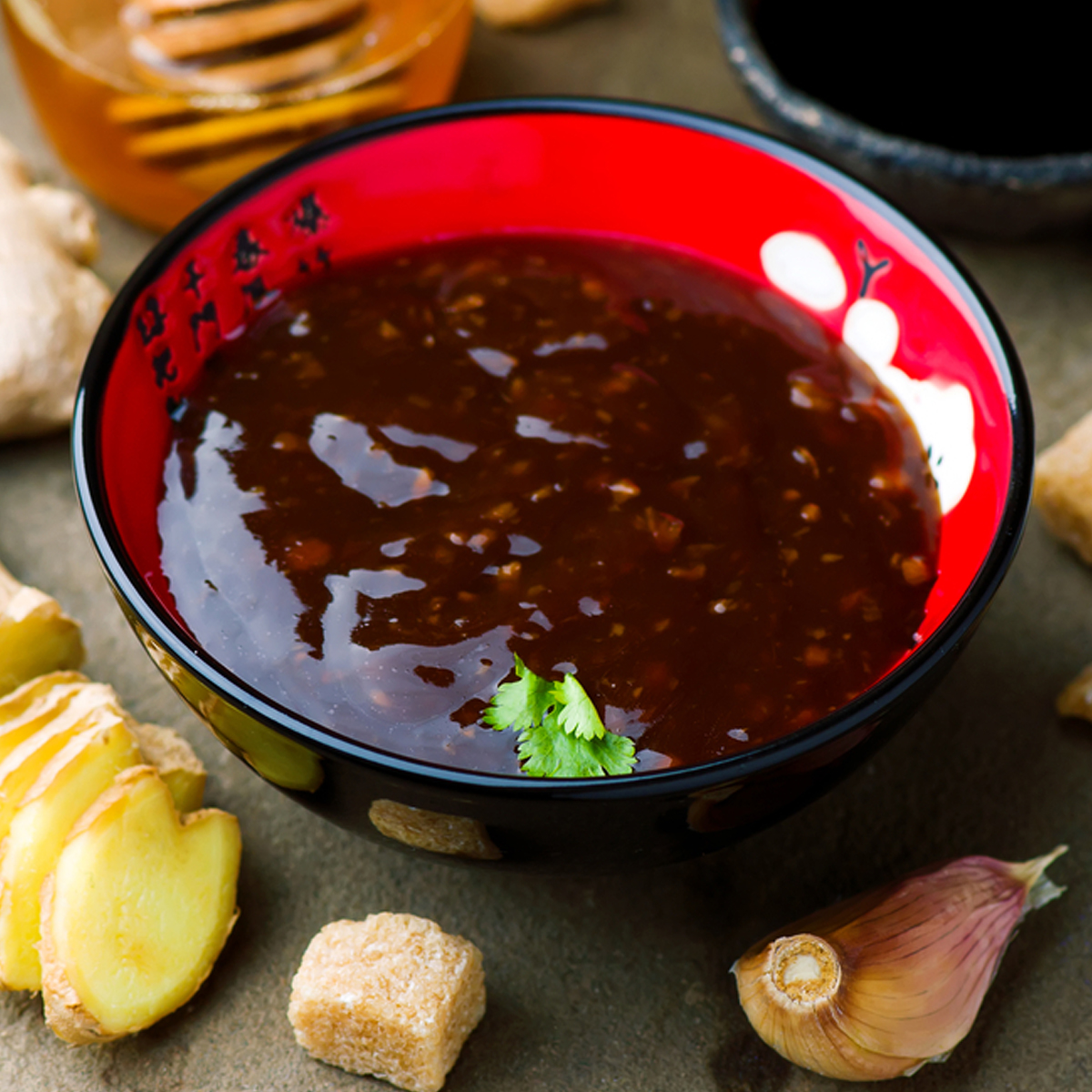
Teriyaki sauce is a sweet and savory sauce that can be used as a 1:1 substitute for soy sauce, particularly in marinades and glazes.
And, teriyaki sauce typically contains soy sauce as one of its ingredients, along with sugar, ginger, garlic, and other seasonings.
9. Balsamic Glaze
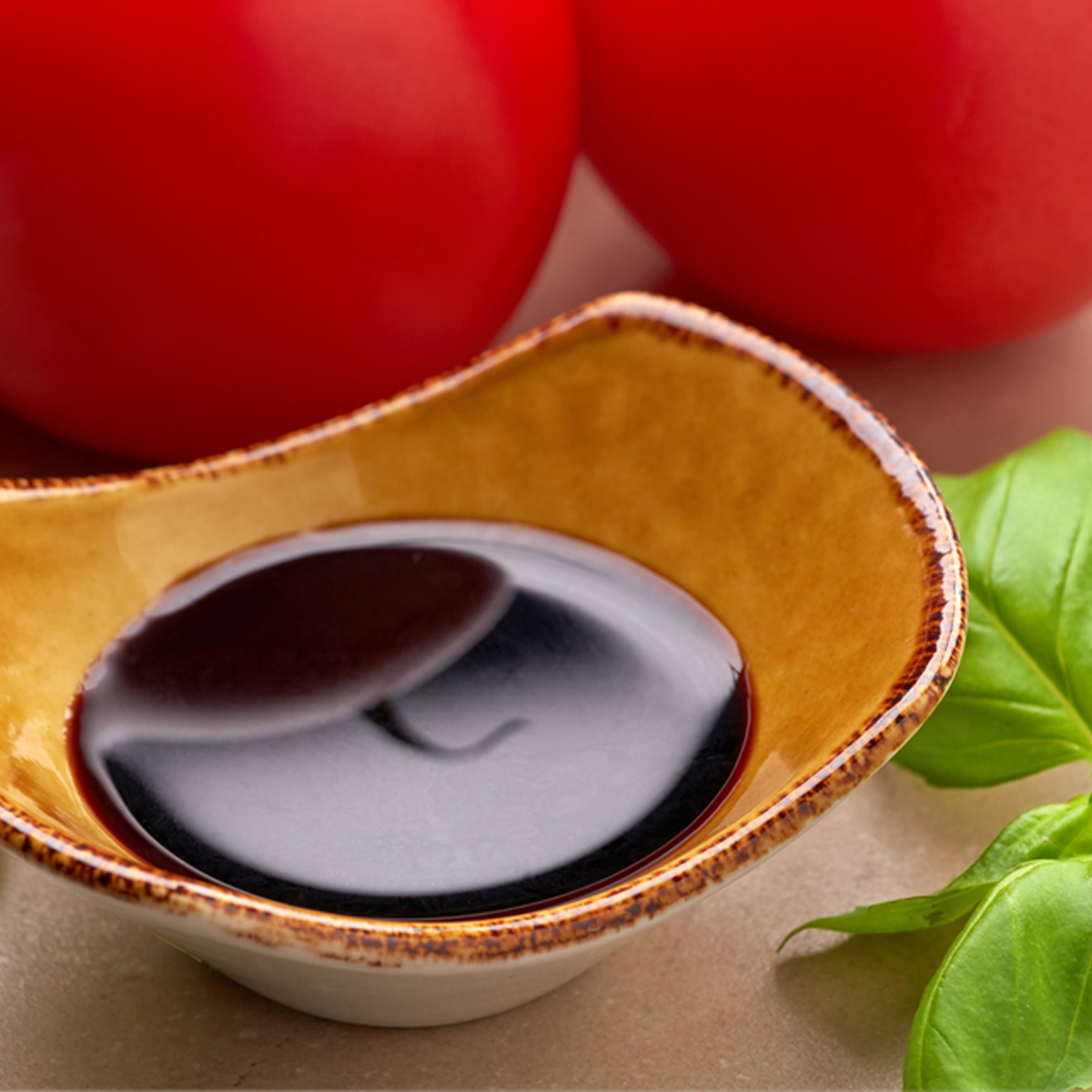
Balsamic glaze is a thick, syrupy reduction of balsamic vinegar that can add a tangy and slightly sweet flavor to your dishes.
While it won’t replicate the exact taste of soy sauce, it can provide a flavorful alternative, especially in salad dressings and roasted vegetables.
You can make balsamic glaze by boiling balsamic vinegar in a saucepan until it has reduced by at least half. It will be thick and sweet. Start with a 1:2 ratio and then adjust to taste.
10. Coconut Vinegar
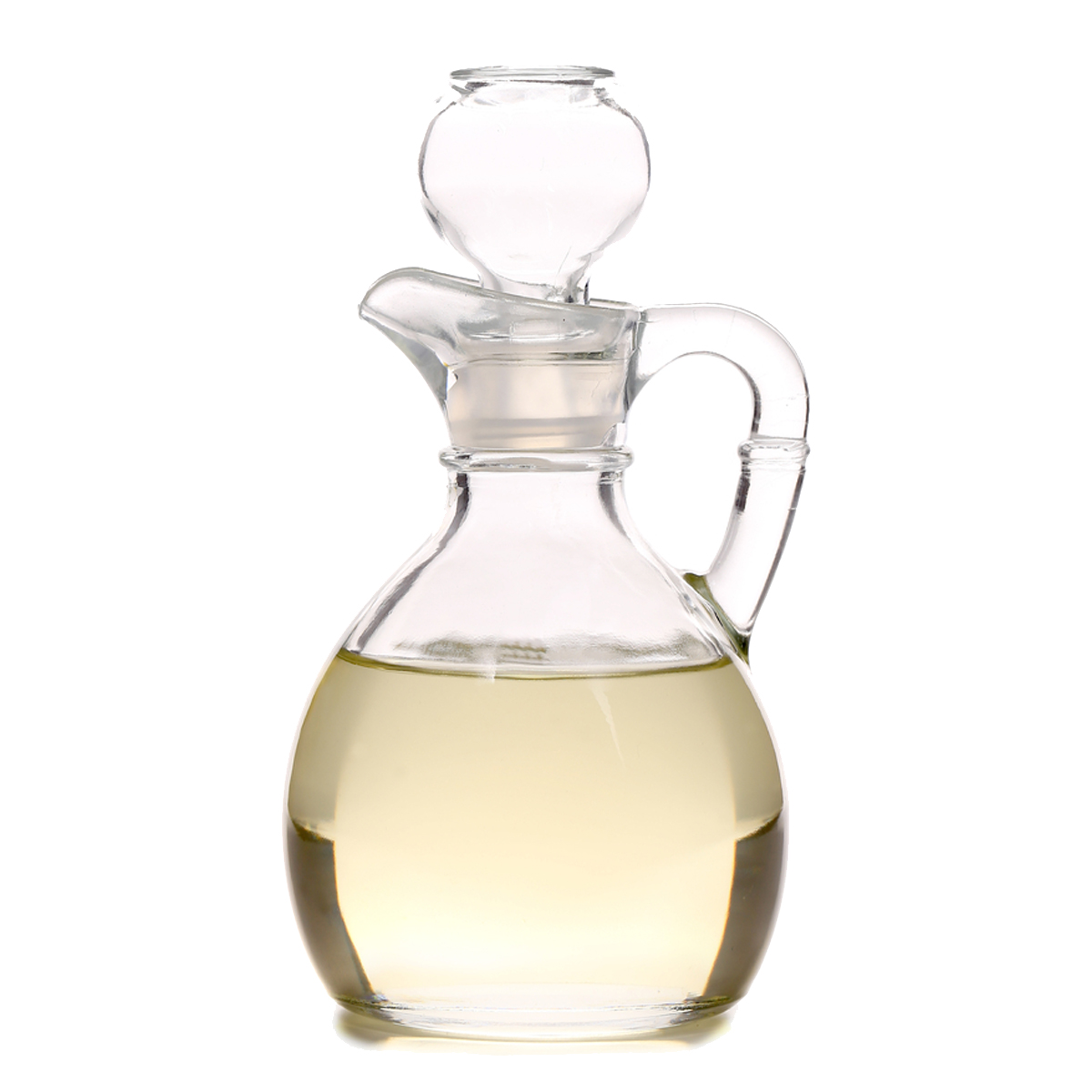
Coconut vinegar is made from fermented coconut sap and can be used as a substitute for soy sauce.
It has a milder flavor and is slightly sweeter compared to soy sauce. Use it in equal amounts as a replacement.
11. Tamari Powder
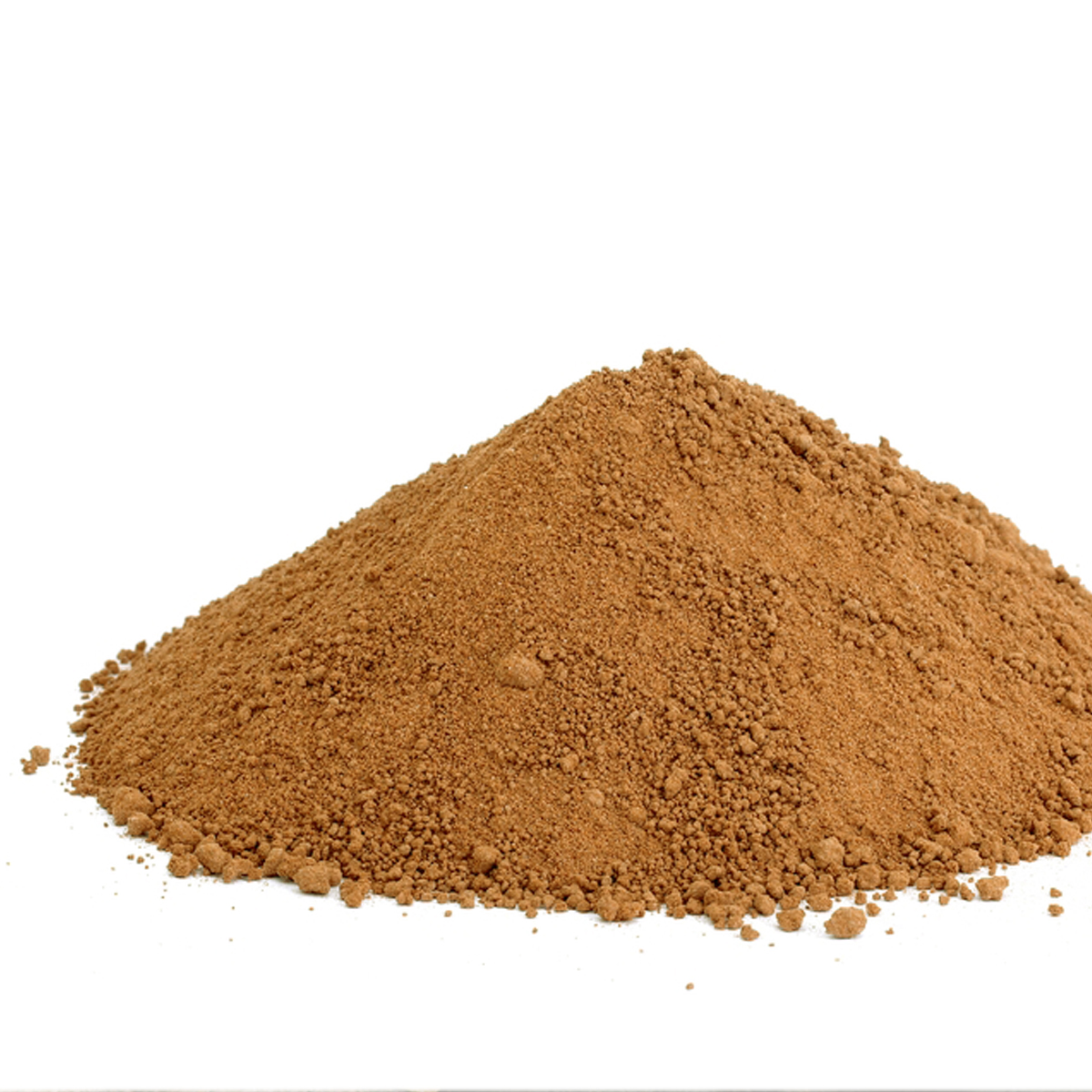
Tamari powder is a dried form of tamari sauce. It is a concentrated seasoning that can be rehydrated with water to create a sauce-like consistency.
Use it in a 1:1 ratio as a substitute for soy sauce. However, since you are swapping a powder for a sauce, you may need to add liquid to your recipe.
12. Hoisin Sauce
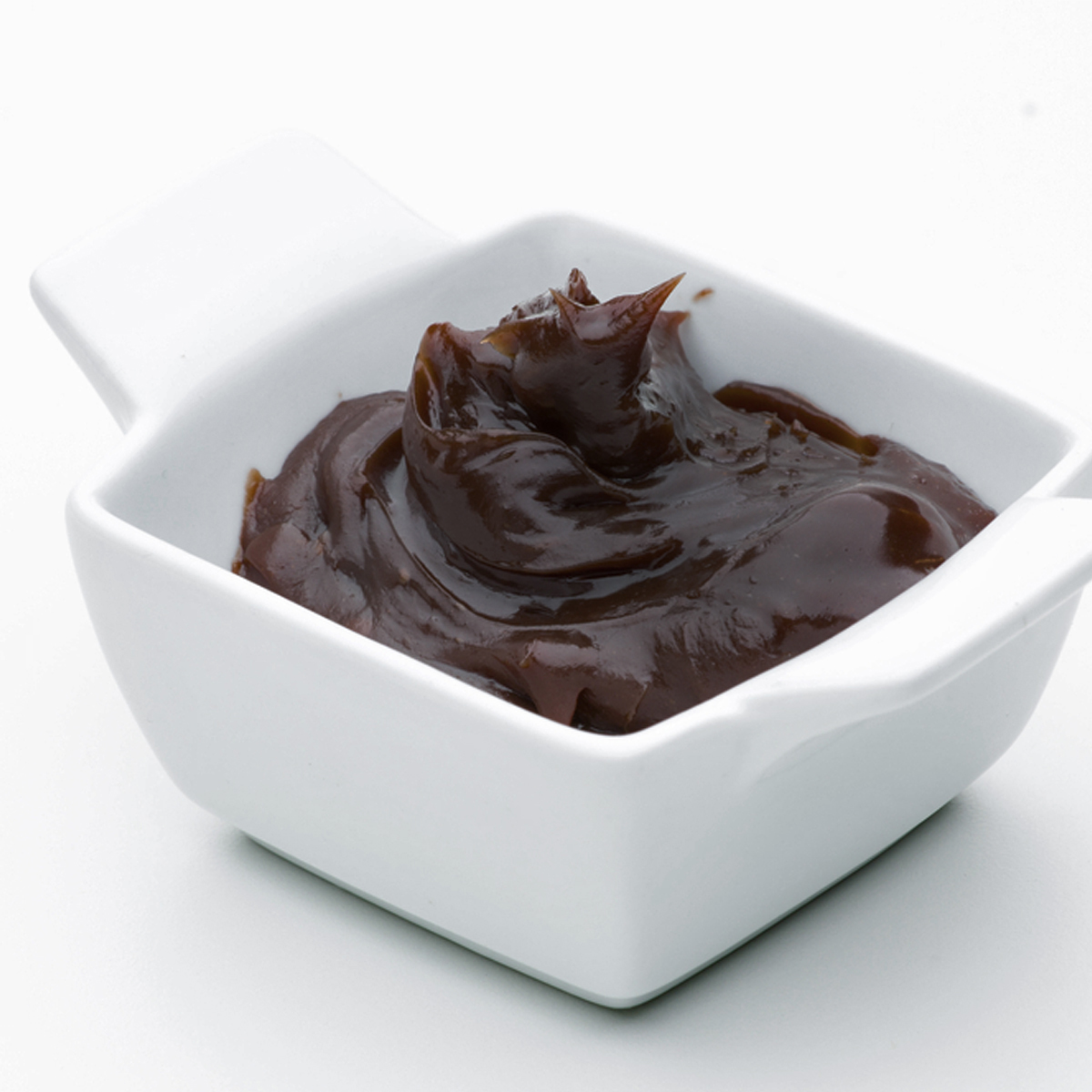
Hoisin sauce is a thick, sweet and savory sauce commonly used in Chinese cuisine.
While Hoisin has a different flavor profile than soy sauce, it can be used as a substitute in certain dishes, such as stir-fries, glazes, and marinades.
Start with a 1:1 substitute, but since it ia a thicker sauce, you may need to use less or thin with water.
13. Oyster Sauce
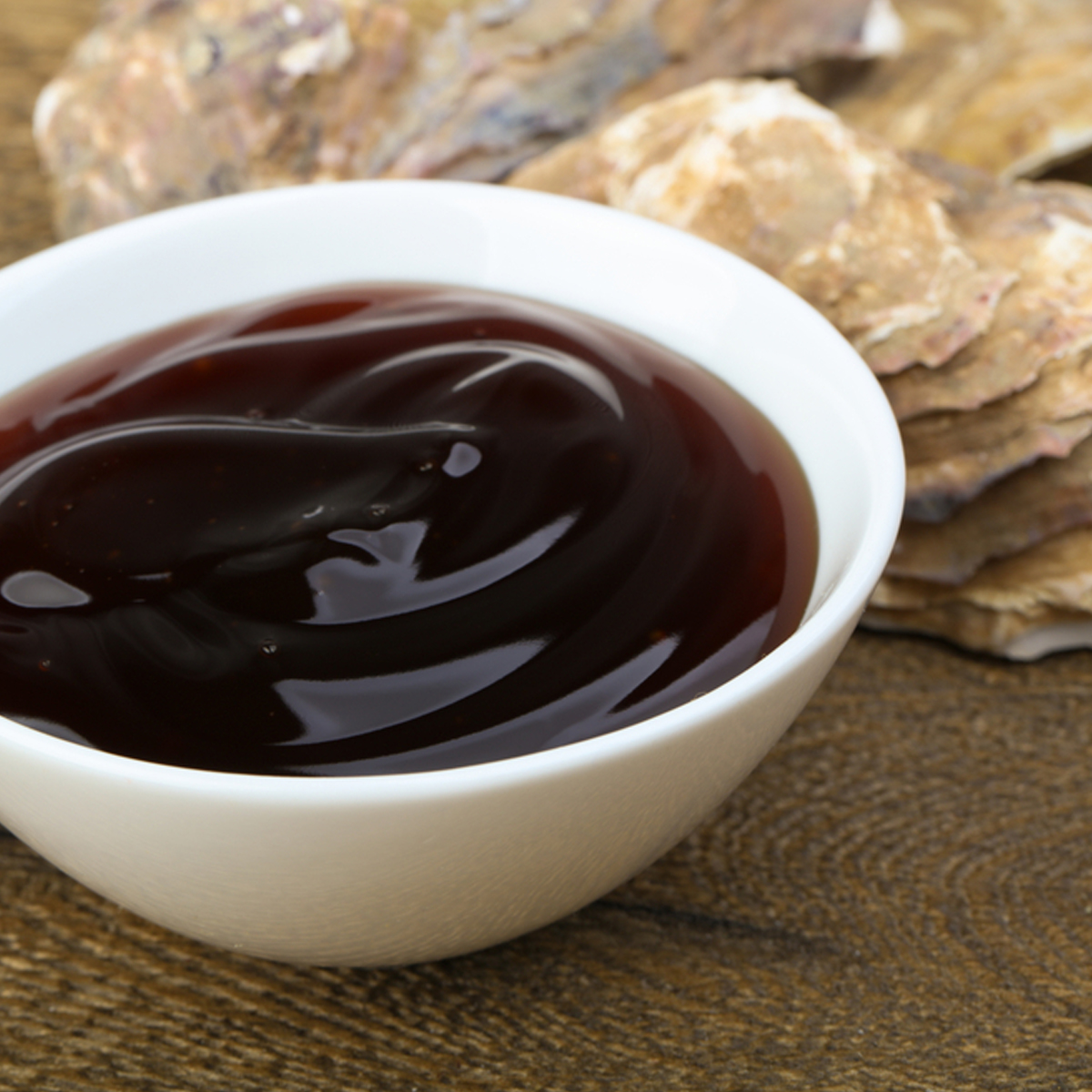
Oyster sauce is a thick, rich sauce made from oyster extracts, soy sauce, and other seasonings.
It has a deep umami flavor and can be used as a substitute for soy sauce in certain recipes, especially in stir-fries and meat-based dishes.
Use an equal amount of oyster sauce as a substitute for soy sauce.
14. Homemade Soy Sauce
Homemade soy sauce substitute will have a similar flavor profile to soy sauce, though it won’t be an exact match.
To make it, combine 1 cup of beef broth, 2 tablespoons balsamic vinegar, 1 tablespoon molasses and apple cider vinegar, ginger, garlic powder, salt and pepper to taste. Bring to a boil and simmer for about 20 minutes. Cool and store in the fridge.
15. Nothing
Sometimes, the best substitute is not to substitute anything. Depending on the dish or how the soy sauce is used, simply omitting it altogether may be the best option.
FAQs
Soy sauce is made with roasted wheat and is not gluten free. If you are gluten free, you must substitute soy sauce with something that does not contain wheat or other forms of gluten.
Unopened soy sauce bottles can be kept on the shelf for several years. Once opened, soy sauce should be stored in the fridge, where it will keep for 1-2 years.
Soy sauce can be left at room temperature but will lose its flavor much quicker than if kept in the fridge, especially in hot and humid climates. Store opened soy sauce in the fridge for the longest shelf life.
Recipes You May Like
- 15 Minute Pineapple Fried Rice.
- Instant Pot Teriyaki Chicken.
- Air Fryer Chicken Fried Rice.
- Asian Cucumber Salad.
Thank you for reading my soy sauce substitute recipe post. And please come visit again as I continue to slice, dice, and dream up affordable Air Fryer recipes, Instant Pot Recipes, Southern Recipes, and more. Thanks for supporting Recipes from a Pantry, food blog.


